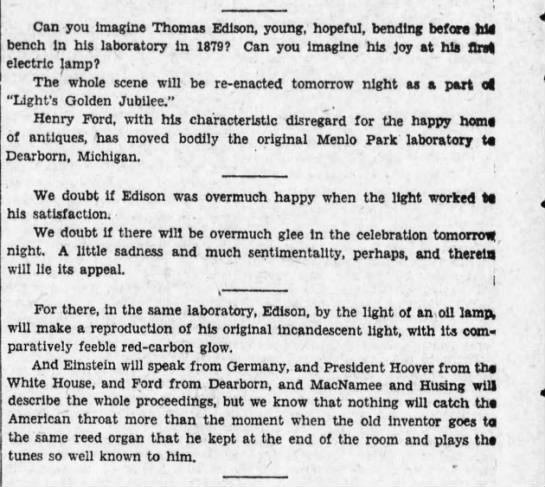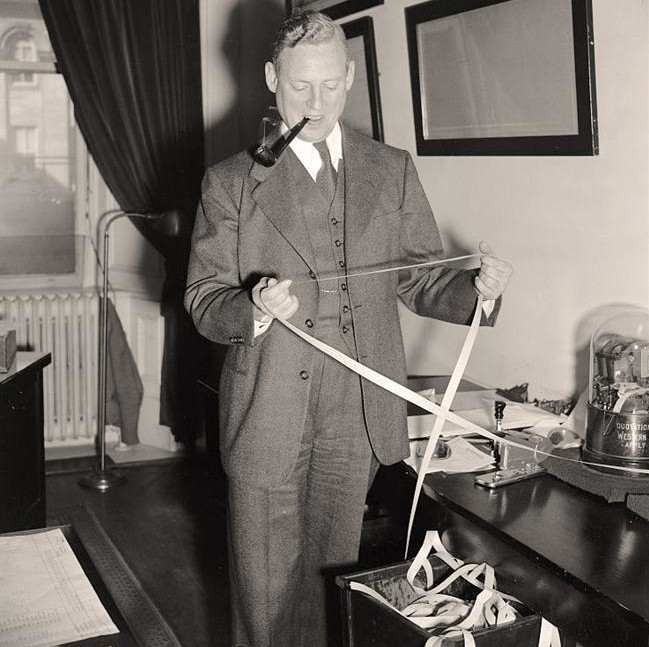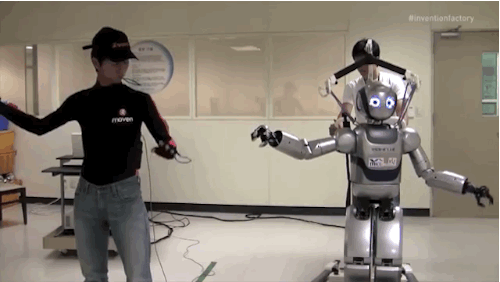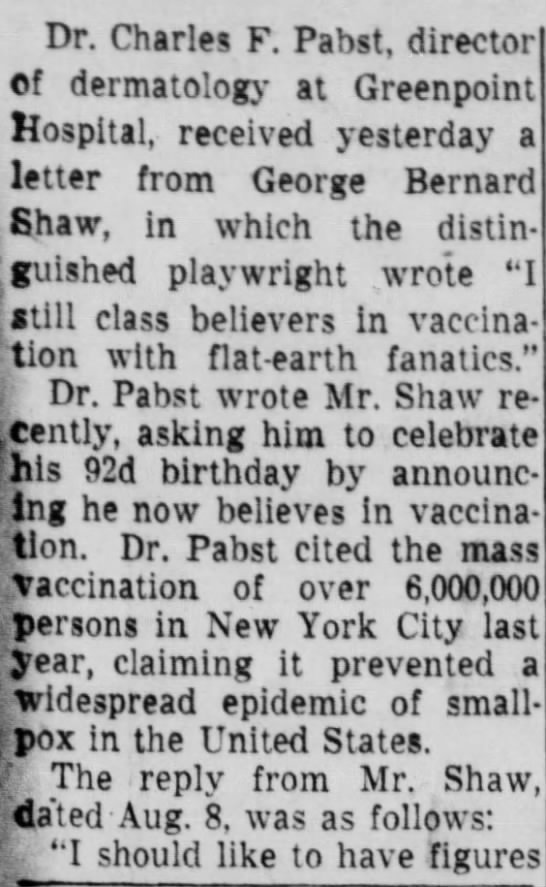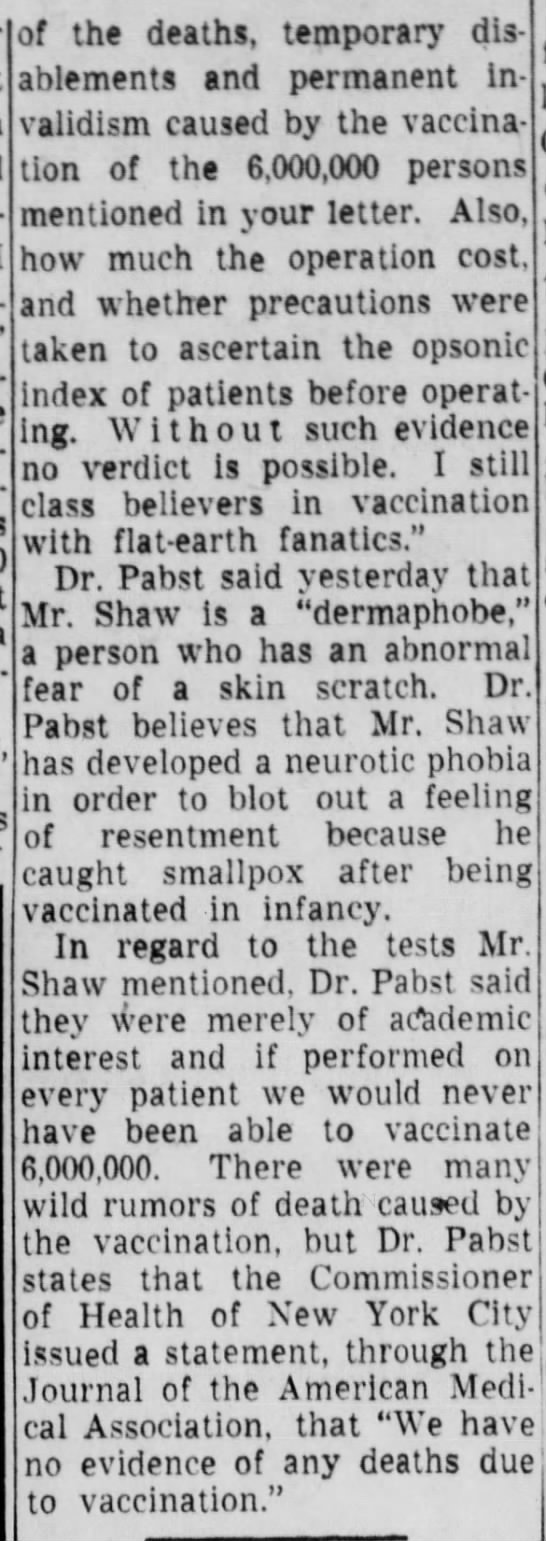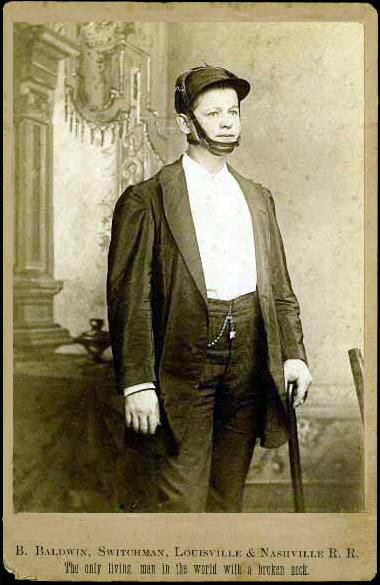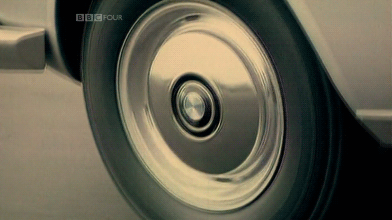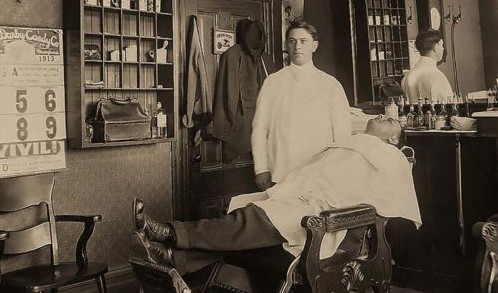
If gene-editing was utilized to keep animals from wanting to harm one another–no more predators, no more prey–you think there might be a few unintended consequences? Some, right? David Pearce, a philosopher and Transhumanist, wants to engineer all suffering out of existence, from the ecosystem to the human brain. Given enough time, I suppose anything is possible. Excerpts follow from two interviews with Pearce.
______________________
The opening of a 2014 i09 Q&A by George Dvorsky:
Question:
The idea of re-engineering the ecosystem such that it’s free from suffering is a radically ambitious project — one that’s been referred to as the “well intentioned lunacy” of a futurist. That said, it’s an idea rooted in history. From where do you draw your ideas and moral philosophy?
David Pearce:
Sentient beings shouldn’t harm each other. This utopian-sounding vision is ancient. Gautama Buddha said “May all that have life be delivered from suffering”. The Bible prophesies that the wolf and the lion shall lie down with the lamb. Today, Jains sweep the ground in front of their feet rather than unwittingly tread on an insect.
My own conceptual framework and ethics are secular — more Bentham than Buddha. I think we should use biotechnology to rewrite our genetic source code; recalibrate the hedonic treadmill; shut down factory farms and slaughterhouses; and systematically help sentient beings rather than harm them.
However, there is an obvious problem. On the face of it, the idea of a pain-free biosphere is ecologically illiterate. Secular and religious utopians tend to ignore the biology of obligate carnivores and the thermodynamics of a food chain. Feed a population of starving herbivores in winter and we’d trigger a population explosion and ecological collapse. Help carnivorous predators and we’d just cause more death and suffering to the herbivores they prey on. Richard Dawkins puts the bioconservative case quite bluntly: “It must be so.” Fortunately, this isn’t the case.•
______________________
From a 2007 interview by Ingo Niermann of the German edition of Vanity Fair:
Vanity Fair:
You claim that it is possible to eradicate all suffering on earth, whether physical or mental. When?
David Pearce:
It will technically be possible to get rid of all suffering within a century or two. Its abolition would be practical only if it were agreed in the sense of something like the moon program or the human genome project – if there was a degree of social consensus. There are certainly technological obstacles, but they are dwarfed by the ethical-ideological ones. Many people’s negative reaction to the idea of a world without suffering comes from a fear that someone is going to be manipulating and controlling them. Partly, too, the abolition of suffering seems to make a mockery of one’s life projects. Most of us spend the greater part of our lives seeking happiness for ourself and others we care about. But we do so in extremely inefficient and in many cases self-defeating ways. This is a problem with existing human society. Even though we have made extraordinary progress technologically and medically, we aren’t any happier than our ancestors. Even if we could arrange society in the most utopian way imaginable, there would be some people who would still be depressed and anxious. There would be some people who would be consumed by jealousy or unhappy love affairs. No amount of environmental reform or manipulation is going to get rid of suffering. Only biotechnology can eradicate its neural substrates.
Vanity Fair:
Statistics say that on the average people in Bangladesh are happier than in the Western World.
David Pearce:
In Bangladesh, if you lose a child through malnourishment or disease it’s absolutely dreadful, just as it is if you lose a child here. But yes, statistically the hedonic set-point around which our lives fluctuate is pretty similar whether you live in London, Berlin or Bangladesh. If someone offers you a million dollars, for instance, you get a quick boost in the same way that (to use a more extreme example) crack-addicts do. Even though crack-addicts know that the drug is going to make them awfully miserable in the long-term, they still strive for their next hit. Here in the rich West, we know money won’t make us happy, but we strive for it compulsively.
If you take suffering seriously, the only way to eradicate it is by biological reprogramming. In the short run, this may involve superior designer drugs. In the long run, the only realistic way to abolish suffering is through genetic engineering.
Vanity Fair:
There would be a very simple method to make all people happy straight away: by putting electrodes in their pleasure centres.
David Pearce:
Wireheading is offensive to human dignity, to our conception of who we are. The real value of wireheading is that it serves as an existence-proof for people who are sceptical that it is possible to be extremely happy indefinitely. Wireheading shows there is no tolerance to pure pleasure. The normal process of inhibitory feedback doesn’t seem to kick in. We don’t understand why this is the case. When we do, it will be a very important discovery.
Vanity Fair:
The anaesthetist Stuart Meloy discovered accidentally that by putting an electrode in a certain area of the spinal cord a woman could experience endless orgasms. But he had a hard time finding enough people volunteering for a trial.
David Pearce:
I can’t see wireheading as an evolutionary stable solution. Wireheads will not want to have children, or want to look after their children.
Vanity Fair:
But what is your idea of paradise engineering? What should an ever-happy life be like?
David Pearce:
It is not a uniform happiness but a world with a motivational system based entirely on gradients of well-being. Think of your ideal fantasy. With the right biological substrates, the reality could be millions of times better.•




